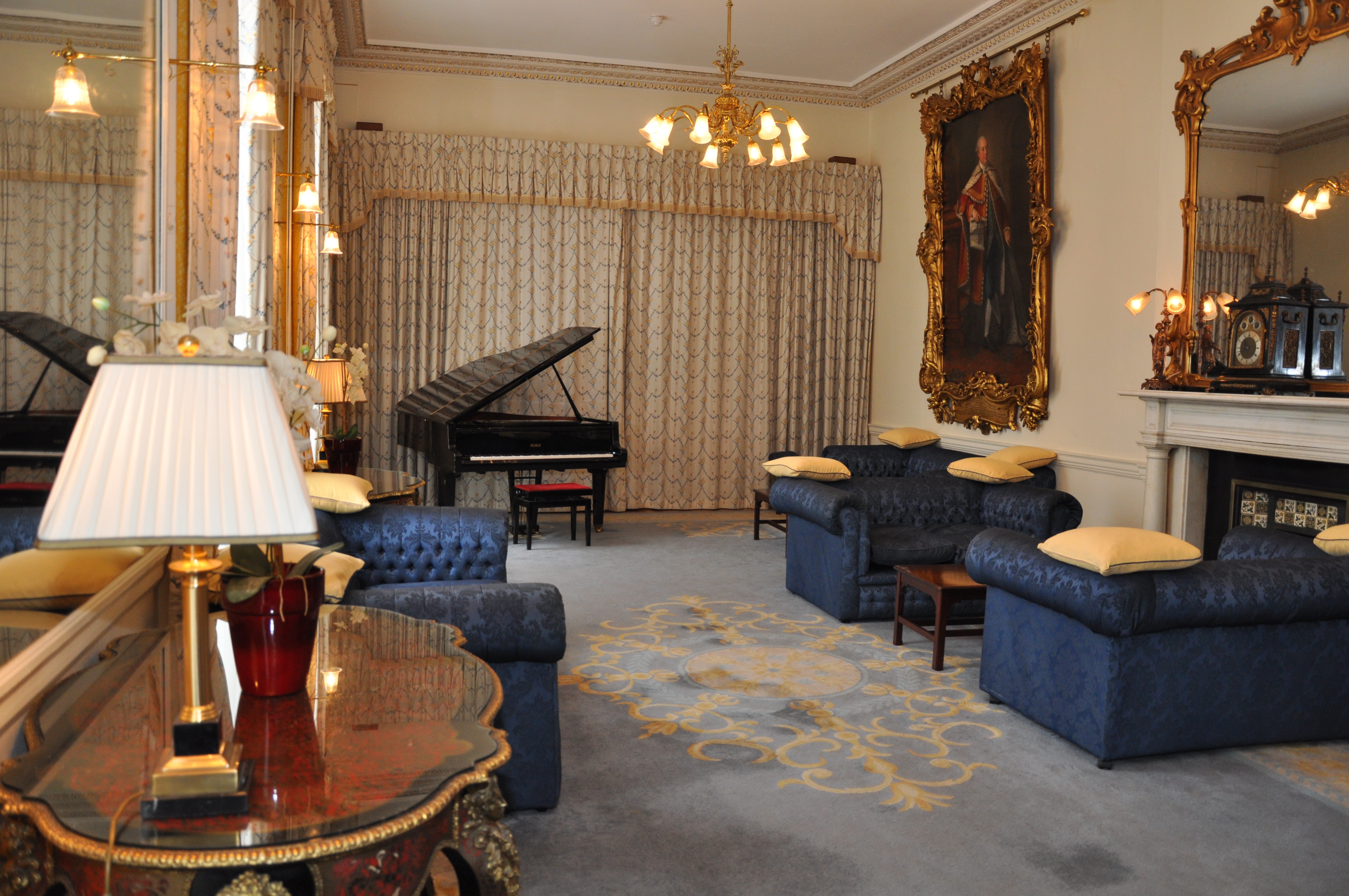Open House 2025: Get Exclusive Access to Dublin’s Hidden Spaces
A rare chance to explore the city's private buildings and architectural landmarks

The Mansion House, Dublin
Dublin’s architecture reflects its history, heritage and character with Victorian and Georgian gems rubbing shoulders with modern classics which together form the city’s unique urban design.
In autumn, Open House Dublin 2025 (11–19 October) throws open the doors of many of the city’s iconic buildings, architectural landmarks, and cultural institutions, giving visitors a rare opportunity to take free guided tours that reveal their history and significance in the Dublin landscape. Many of the buildings are not normally open to the public, making this a wonderful opportunity for enthusiasts of architecture and history to see beyond the facades.
Over 200 events take place during the festival, which is run by the Irish Architecture Foundation, including tours, talks, lectures, exhibitions, films and a full junior programme for families. The theme for 2025 is Future Heritage, spotlighting how contemporary architecture can address challenges such as urbanisation, climate change, and shifting technological and societal needs.
This year there is an exciting chance to see inside one of Dublin’s finest neoclassical buildings – The Custom House by James Gandon, which overlooks the River Liffey. During the tour, visitors will get to see the only room that was not destroyed by a fire during Ireland’s War of Independence.
-photobystemurray.jpg?sfvrsn=3e6a8f6d_1)
The Custom House, Dublin
The Provost’s House, a distinguished Georgian residence in the heart of Trinity College, Ireland’s oldest university, will also open its doors as will The Mansion House on Dawson Street, the residence of Dublin’s Lord Mayor, which plays a role as a vibrant hub for civic and community activities.
Visitors will have the opportunity to explore the General Post Office and O’Connell Street. The GPO, a symbol of Irish independence, played a central role in the 1916 Easter Rising and is one of the city’s most famous neoclassical buildings. O’Connell Street tells the story of Dublin’s political history and urban design and is a place where the past, present, and future converge.
The festival does not focus exclusively on grand buildings but also offers a glimpse into how ordinary Dubliners lived. Nellie’s Flat, a preserved apartment owned by the Iveagh Trust Museum, showcases life in early 20th-century Dublin. The flat was the home of Nellie Molloy from 1915 to 2002, and tours reveal the social, historical and architectural heritage of the property.
_photo-by-barry-cronin.jpg?sfvrsn=b3bc6368_1)
The Provost's House, Dublin
Across the city and beyond, all kinds of buildings, from churches and historic houses to award-winning apartment blocks and futuristic community hubs will be open for guided tours or for screenings of documentaries that explore the impact of designed space on culture, history and society.
This is a unique chance to get a sneak peek into some of Dublin’s most important heritage buildings and to learn about their architecture and history from experts in a truly immersive experience.